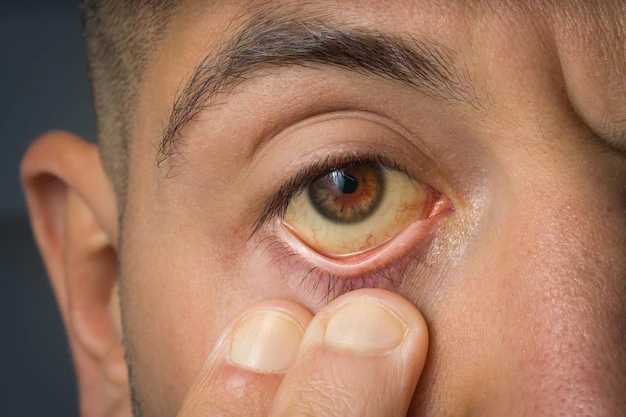Overview of Age-Related Macular Degeneration

Age-related macular degeneration (AMD) is a common eye disease that affects the macula, the central part of the retina. The retina is the layer of tissue at the back of the eye that senses light and sends signals to the brain that result in visual perception. The macula is responsible for central vision, which allows us to read, recognize faces, and see fine details.
AMD is a leading cause of vision loss in people over 50 years old in developed countries. There are two forms of AMD: dry and wet. Dry AMD is the most common form and is characterized by the thinning and breakdown of the macula over time. Wet AMD, on the other hand, is a less common but more severe form of the disease, in which abnormal blood vessels grow under the retina, leading to the development of fluid and blood, which can cause rapid and severe vision loss.
AMD is often age-related, and as the name suggests, the risk of developing the disease increases with age. Other risk factors include smoking, obesity, high blood pressure, and a family history of the disease. There are also some genetic factors that increase the risk of developing AMD.
